Archaeologists have discovered mummified skeletons inside two sarcophagi of the 2nd century AD in the necropolis of Nikaia (Iznik) in ancient Bithynia, in the present northwestern province of Bursa in Turkey.
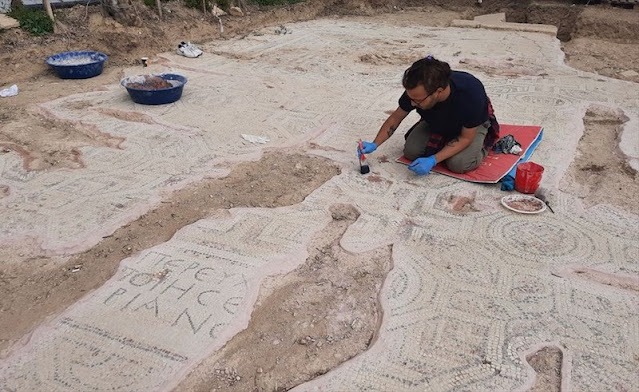
The excavation is being carried out by the Turkish Ministry of Culture and Tourism under the supervision of Aygün Ekin Meriç, an academic in the Department of Archaeology at Dokuz Eylül University in the western province of Izmir.
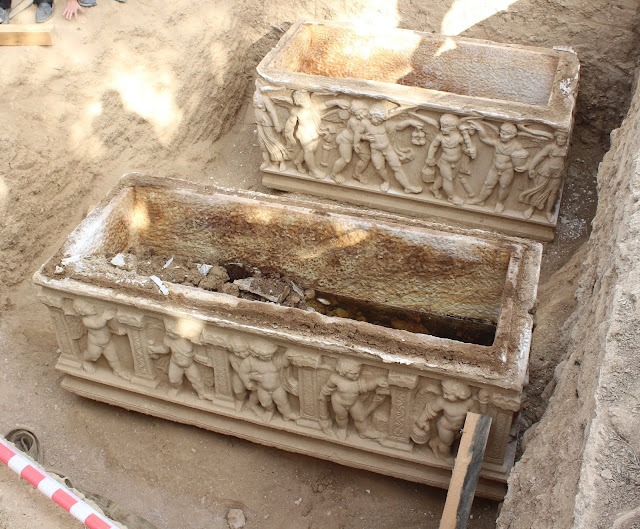
Meriç stated that the necropolis was used extensively during the 2nd and 3rd centuries AD and that they have found a total of six sarcophagi in the area to date, with the addition of two recent finds.
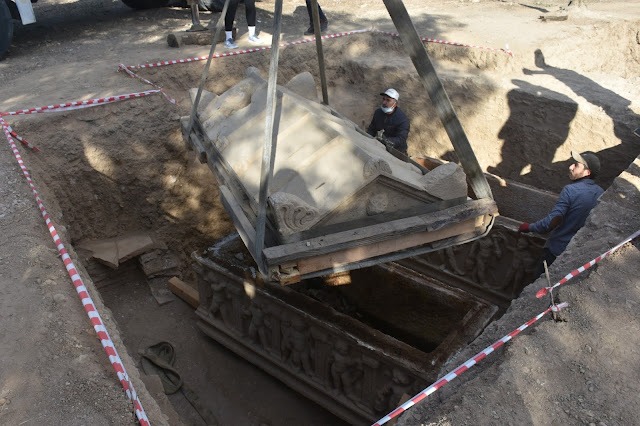
“The last two recovered sarcophagi are very impressive”, Meriç said. “They were made during the Roman Imperial period, in the 2nd century AD. The two were found side by side. They are elaborate sarcophagi decorated with reliefs of the god Eros on three sides of the coffin. In one of these sarcophagi we found plastic water bottle caps dating back to 2008. One sarcophagus has been recovered from an illegal excavation. The other was found intact. Two similar sarcophagi, which were discovered during construction work in this area in the 19th century and were damaged, are now in the Iznik Museum.”
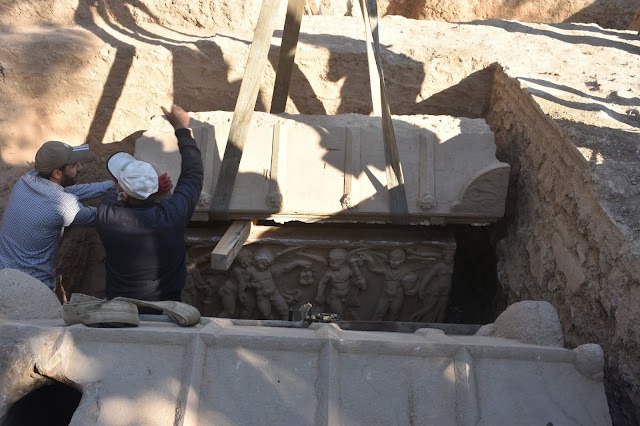
The skeletons of a woman and a man were found inside the looted sarcophagus and only one female skeleton was found in the other.
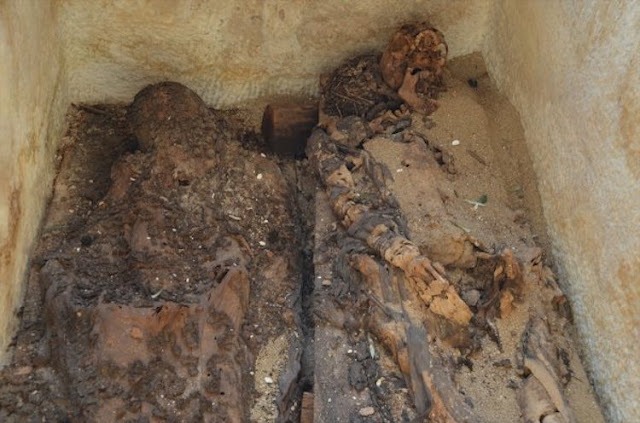
Meriç recalled that in the 2019 excavations they had found a sarcophagus belonging to a mother and her daughter: “There was an inscription on this sarcophagus that stated: ‘I am Astyris, I made this sarcophagus for my mother Nigreniya and myself’. When we opened the sarcophagus, we saw that there were the skeletons of two women inside. In addition, there was a mosaic that adorned the floor, dating back to the 4th to 5th century AD. This year, we dug in the area where this mosaic continues and realized that it spread over a fairly large area, with exterior masonry. We found that the building is a basilica. As we continued to excavate the walls of the basilica this year, we found these particular sarcophagi with depictions of Eros, one next to the other, in fairly close proximity.”
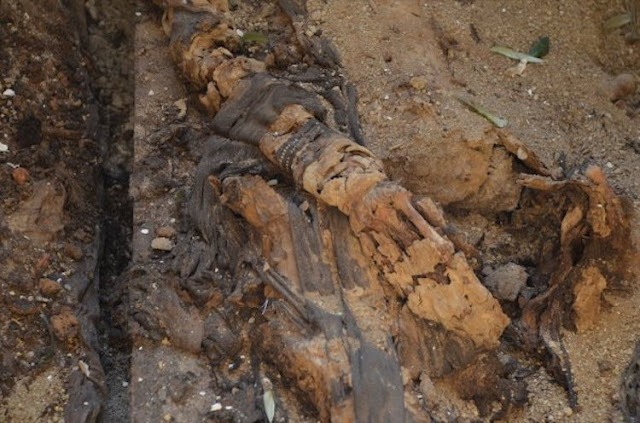
“The basilica dates back to the 4th-5th centuries. We know that there are mosaics of this type in the courtyards of these basilicas. It spreads over a very large area, and we are now demarcating the exterior masonry.”
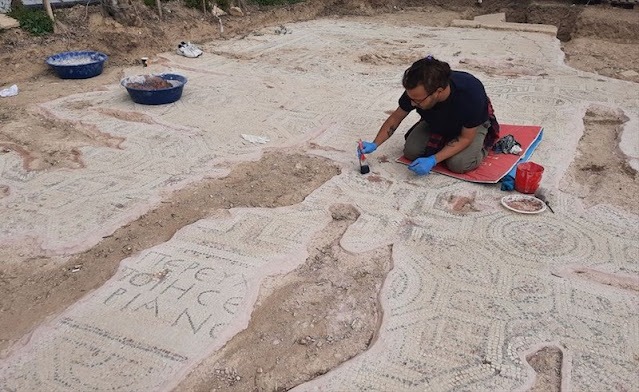

Leave a Reply